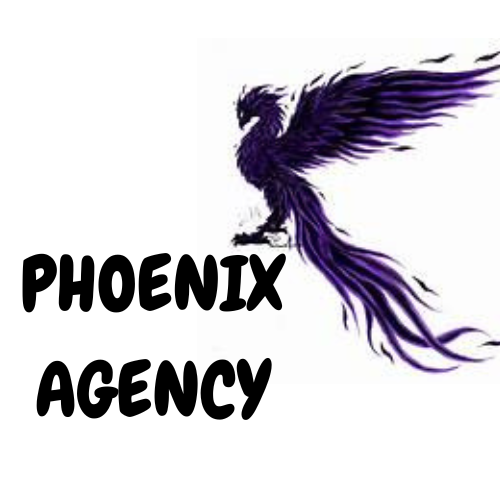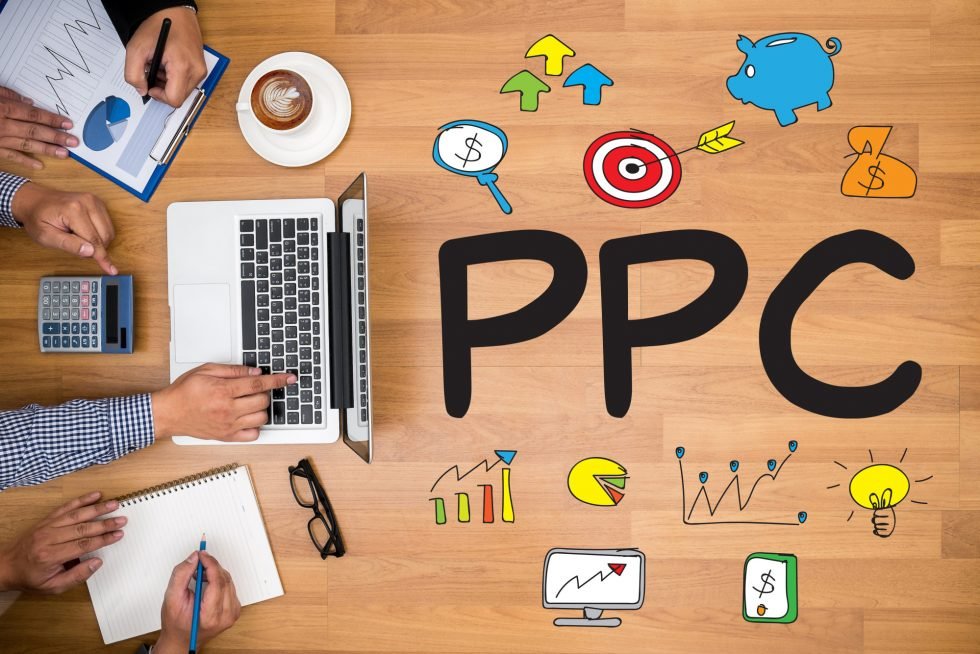ABOUT PAY PER CLICK
Introduction
Pay-Per-Click (PPC) advertising is one of the most effective digital marketing strategies businesses use to drive targeted traffic to their websites. PPC is an online advertising model where advertisers pay a fee each time their ad is clicked. It offers an immediate way to attract potential customers and boost conversions. This guide delves into the fundamentals, benefits, strategies, and best practices of PPC advertising.
What is PAY-PER-CLICK (PPC) Advertising?
PPC advertising is a method in which businesses bid for ad placement on search engines, social media platforms, and other websites. When users search for related keywords, these ads appear at the top of search engine results pages (SERPs) or on relevant web pages.
Common platforms for PPC advertising include:
- Google Ads: The most popular PPC platform, allowing businesses to display ads on Google’s search results and its partner networks.
- Microsoft Advertising (Bing Ads): Similar to Google Ads but for Bing and Yahoo search engines.
- Social Media PPC: Platforms like Facebook Ads, Instagram Ads, LinkedIn Ads, and Twitter Ads allow advertisers to target specific demographics.
- Display Advertising: Banner ads placed on websites through Google Display Network (GDN) or third-party platforms.
- Remarketing PPC: Ads targeting users who have previously interacted with a website.
How PAY-PER-CLICK (PPC) Advertising Works
PPC advertising operates on an auction-based system, where advertisers bid on keywords relevant to their business. The key components include:
- Keyword Selection: Advertisers research and choose relevant keywords for their target audience.
- Bidding Strategy: Businesses determine how much they are willing to pay per click for each keyword.
- Ad Creation: Ads consist of headlines, descriptions, and display URLs designed to attract clicks.
- Quality Score: Search engines rank ads based on relevance, expected click-through rate (CTR), and landing page experience.
- Ad Placement: Higher-quality scores and bids improve ad placement on search results and display networks.
- Performance Tracking: Advertisers monitor and optimize campaigns for maximum return on investment (ROI).
Benefits of PAY-PER-CLICK (PPC) Advertising
- Instant Traffic: Unlike organic SEO, PPC delivers immediate traffic to websites.
- Targeted Audience: Advertisers can reach specific demographics, interests, and locations.
- Cost-Effective: Businesses pay only when someone clicks, ensuring budget control.
- Measurable Results: Platforms provide detailed analytics on ad performance.
- Brand Visibility: PPC increases brand awareness by placing ads in front of potential customers.
- Remarketing Opportunities: Businesses can retarget users who previously interacted with their website.
PAY-PER-CLICK (PPC) Campaign Structure
A well-structured PPC campaign consists of the following components:
- Campaigns: The highest level, defining the overall objective (e.g., brand awareness, lead generation).
- Ad Groups: Subsets of a campaign containing similar keywords and ads.
- Keywords: Terms users search for that trigger ads.
- Ad Copy: Text and visual elements that attract users to click on the ad.
- Landing Pages: Destination pages optimized for conversions.
- Bidding Strategy: Methods for controlling ad spend (manual, automated, or enhanced CPC bidding).
Keyword Research and Selection
Effective PPC campaigns require thorough keyword research. Businesses should:
- Use Keyword Research Tools: Google Keyword Planner, SEMrush, Ahrefs, or Ubersuggest.
- Identify High-Intent Keywords: Focus on transactional keywords with a strong conversion potential.
- Analyze Competitor Keywords: Study competitors’ ad strategies to find gaps and opportunities.
- Leverage Long-Tail Keywords: Less competitive, highly targeted phrases improve ROI.
- Use Negative Keywords: Exclude irrelevant searches to prevent wasted ad spend.
PPC Ad Formats
Different PPC ad formats cater to various marketing goals:
- Search Ads: Text-based ads appearing on search engine results pages.
- Display Ads: Image-based ads on partner websites and apps.
- Shopping Ads: Product listings that appear on Google Shopping.
- Video Ads: Ads displayed on platforms like YouTube.
- Social Media Ads: Sponsored content on platforms like Facebook, Instagram, and LinkedIn.
- Native Ads: Ads that blend with the platform’s content.
Optimizing PPC Campaigns
To maximize the effectiveness of PPC campaigns, consider these optimization strategies:
- A/B Testing: Test different ad copies, headlines, and visuals to find the best-performing versions.
- Landing Page Optimization: Ensure landing pages are relevant, fast-loading, and mobile-friendly.
- Ad Extensions: Use site links, callouts, and structured snippets to enhance ads.
- Quality Score Improvement: Focus on ad relevance, keyword selection, and landing page experience.
- Geo-Targeting: Customize campaigns for specific locations to increase relevance.
- Bid Adjustments: Increase or decrease bids based on performance metrics.
Common PAY-PER-CLICK (PPC) Mistakes to Avoid
- Ignoring Negative Keywords: Leads to wasted ad spend on irrelevant searches.
- Poor Landing Page Experience: Inconsistent messaging reduces conversions.
- Overlooking Mobile Users: Ads and landing pages must be mobile-optimized.
- Setting and Forgetting: Continuous monitoring and optimization are necessary.
- Using Broad Match Keywords Excessively: Leads to irrelevant traffic and higher costs.
There are more service agency for PPC advertisement
Measuring PPC Success
Key performance indicators (KPIs) to track include:
- Click-Through Rate (CTR): Percentage of users who click the ad.
- Conversion Rate: Percentage of visitors who take the desired action.
- Cost Per Click (CPC): Amount paid per ad click.
- Return on Ad Spend (ROAS): Revenue generated for every dollar spent on ads.
- Impression Share: Percentage of times the ad appears compared to total eligible impressions.
Future of PPC Advertising
The landscape of PPC advertising is evolving with advancements in technology. Trends to watch include:
- Automation and AI: Machine learning optimizes bidding and ad placements.
- Voice Search Optimization: PPC strategies tailored for voice-activated searches.
- Audience Targeting: Advanced segmentation for highly personalized ads.
- Interactive Ads: Engaging formats like quizzes and polls.
- Privacy Regulations: Adapting to stricter data privacy laws.
To know more about PPC advertisement
Conclusion
PPC advertising is a powerful tool for businesses looking to increase visibility, generate leads, and drive conversions. By implementing a well-structured strategy, conducting thorough keyword research, and continuously optimizing campaigns, businesses can achieve a strong ROI. Whether using Google Ads, social media platforms, or display networks, PPC remains an essential component of digital marketing success.

